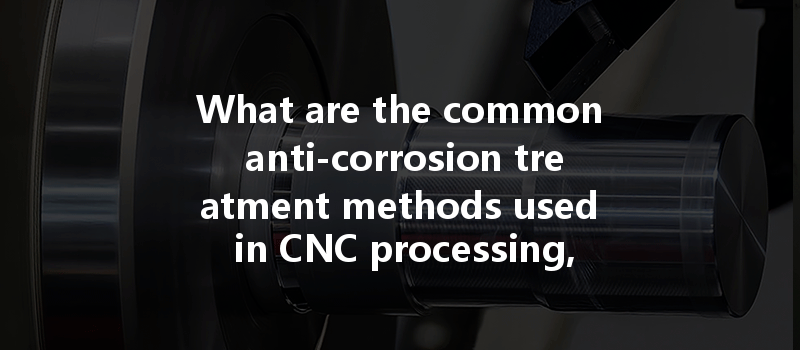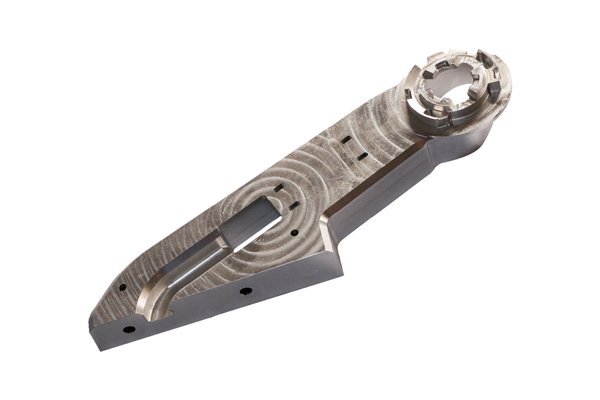Opening:
Did you know that corrosion is responsible for a staggering 25% of all machinery failures worldwide? It’s a silent yet destructive force that not only compromises the integrity of components but also leads to significant economic losses. For industries that rely on precision-engineered parts produced through CNC (Computer Numerical Control) processing, the implications of corrosion can be devastating. This blog explores the common anti-corrosion treatment methods used in CNC processing and how they can extend the longevity of parts, ensuring operational efficiency and cost savings.
—
Understanding Corrosion and Its Impact
Before diving into the specific treatment methods, it’s essential to understand what corrosion is and its effects on CNC processed parts. Corrosion occurs when metallic materials react with environmental elements such as moisture, salt, acids, or gases, leading to deterioration. For CNC manufacturers, this means their high-precision parts can become weakened or unusable if they are not adequately treated to prevent corrosion.
Common types of corrosion that can affect CNC machined parts include:
Understanding these corrosion types enables manufacturers to choose the right anti-corrosion treatment tailored to specific needs.
—
Common Anti-Corrosion Treatment Methods
Coatings are one of the most widely used anti-corrosion treatments. They create a barrier between the metal surface and the environment. Various types of coatings can be employed:
Metal plating involves depositing a thin layer of a metal (such as zinc, nickel, or chrome) onto the surface of the component. This process not only provides corrosion resistance but also enhances the aesthetic appeal of the parts. Common plating methods include:
Primarily used for aluminum parts, anodizing is an electrochemical process that converts the metal surface into a decorative and corrosion-resistant oxide finish. Anodized aluminum is durable, lightweight, and resistant to wear and corrosion.

Several treatments can alter the surface properties of metals, thereby improving corrosion resistance. Some effective methods include:
Corrosion inhibitors are compounds added to paints, coatings, or fluids to prevent metal deterioration. They work by forming a protective layer on the metal surface or by reacting with corrosive agents, thus neutralizing them.
Prevention is always better than cure. In CNC processing environments, controlling humidity, temperature, and exposure to corrosive substances can significantly reduce the risk of corrosion on parts. Non-corrosive storage and workspaces, along with routine maintenance checks, can help prolong the lifespan of CNC processed components.
—
The Benefits of Anti-Corrosion Treatments
Investing in anti-corrosion treatments is vital for manufacturers relying on CNC processed parts. Here are some significant benefits:
—
In conclusion, the array of anti-corrosion treatment methods available for CNC processed parts—from coatings and plating to surface treatments and environmental controls—presents numerous solutions tailored to different applications. Understanding the types of corrosion and selecting the appropriate treatment can improve part longevity, enhance performance, and deliver considerable cost savings in the long run.
As industries continue to confront challenges posed by corrosive environments, embracing these technologies can be the key differentiator between success and failure. With proper protective measures in place, manufacturing reliability is bolstered, and the associated risks of corrosion are effectively mitigated.
Remember, investing in anti-corrosion treatments is not merely a precaution; it is a strategic decision crucial for maintaining competitive advantage and operational efficiency. As you consider your CNC machining processes, think about the longevity of your components and the necessity of safeguarding these investments against the relentless forces of corrosion.






